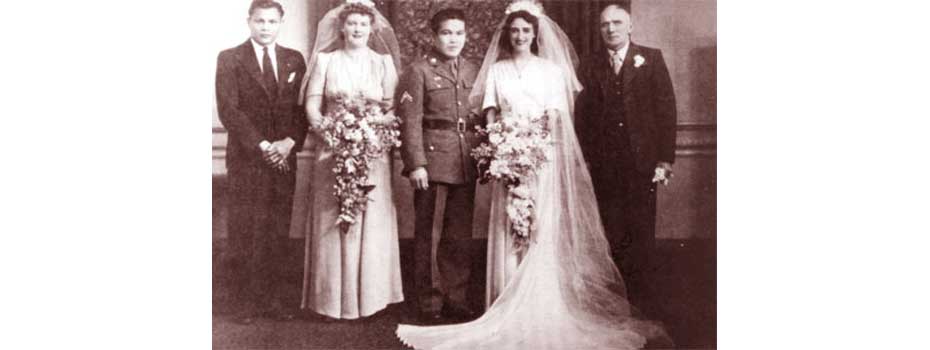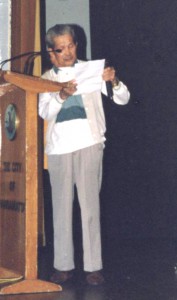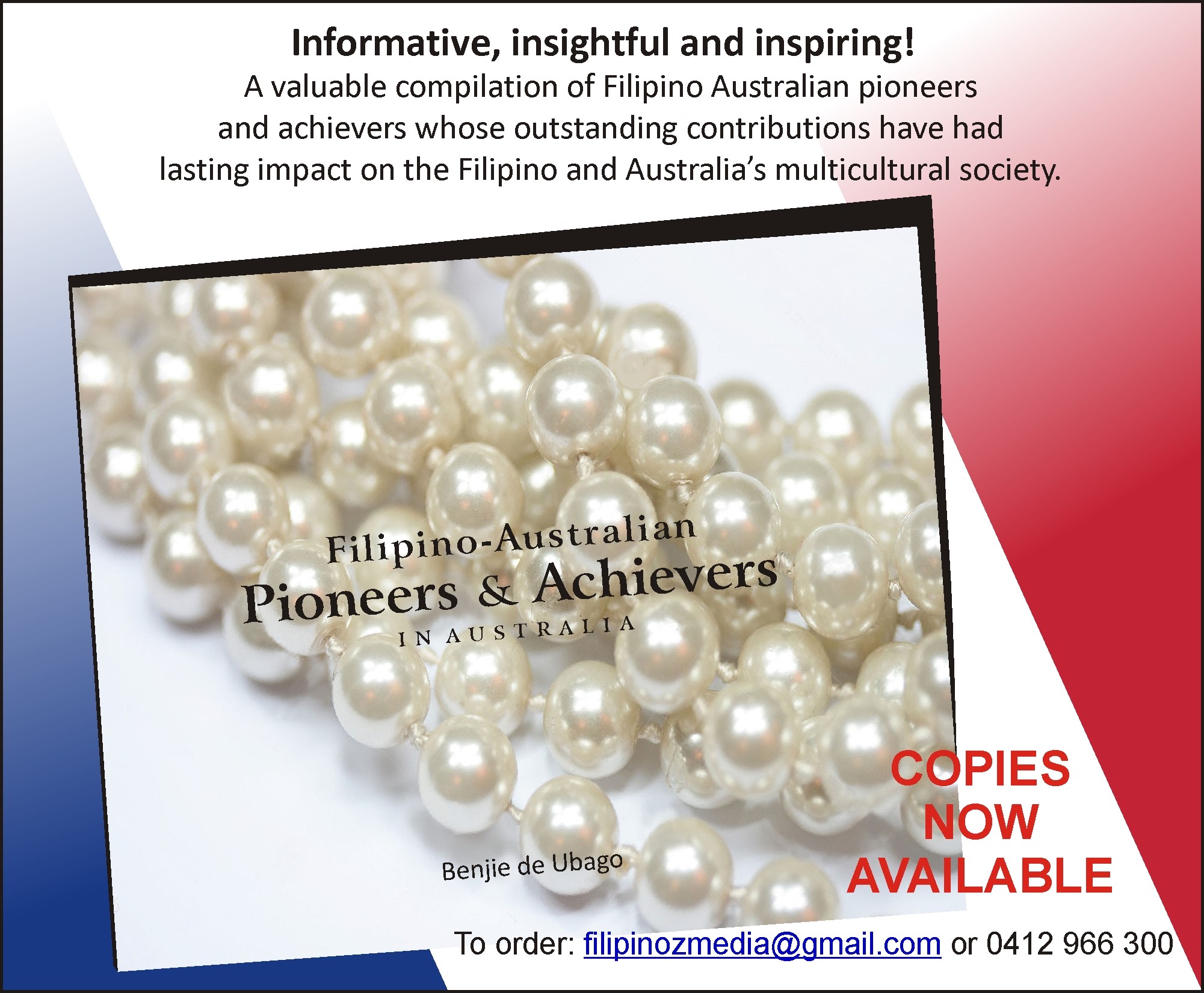(From a new book – Connecting Two Cultures: Australia and the Philippines by Renato Perdon)
The basic principle governing the immigration policy of Australia for over a century was ‘White Australia’. Just before Federation, various Colonies introduced Anti-Chinese immigration restriction acts to prevent the influx of the Chinese during the Gold Rush. When Federation came, the 1901 Immigration Restriction Act, popularly known as the White Australia policy was enacted and became the single law followed by the newly Federated Australian states. As a consequence of the Act, the Kanakas (Pacific Islander labourers), the black labour from the Pacific Islands, were deported and they were prohibited to work in the sugar plantations anymore. The Chinese were also restricted, same with Filipinos known then as ‘manillamen’, because all of them belong to the group called the ‘Asiatics’.
Only white people were welcome in Australia from that time on. This policy continued until the early 1970s when the White Australia policy was formally abolished by the Whitlam government.













Leave a Reply